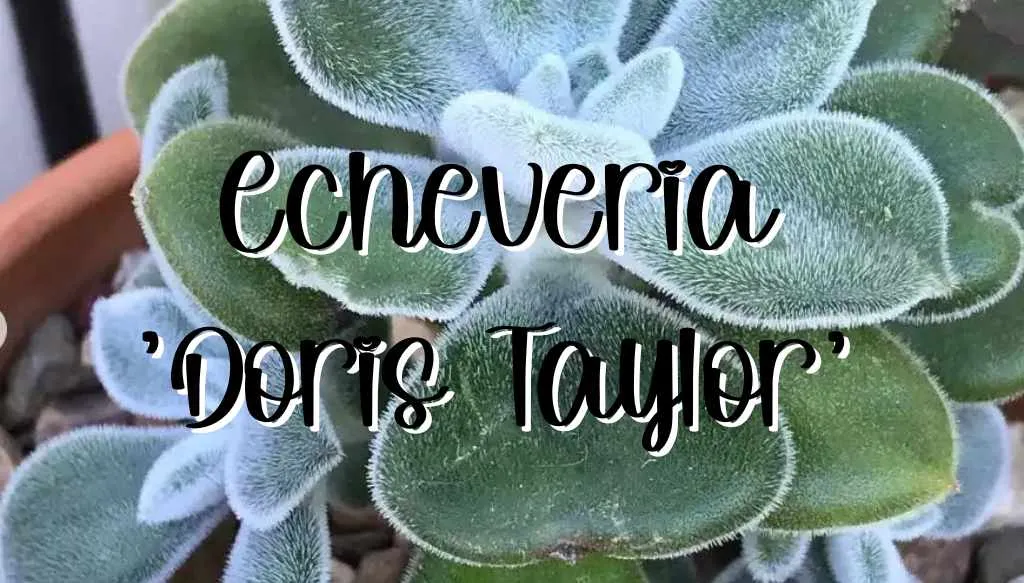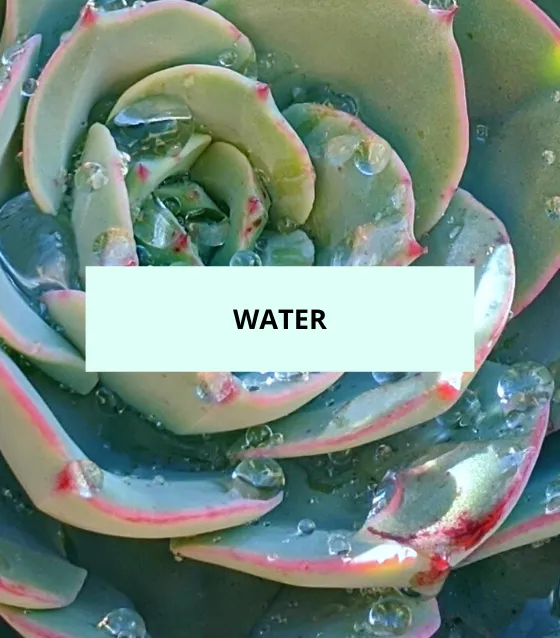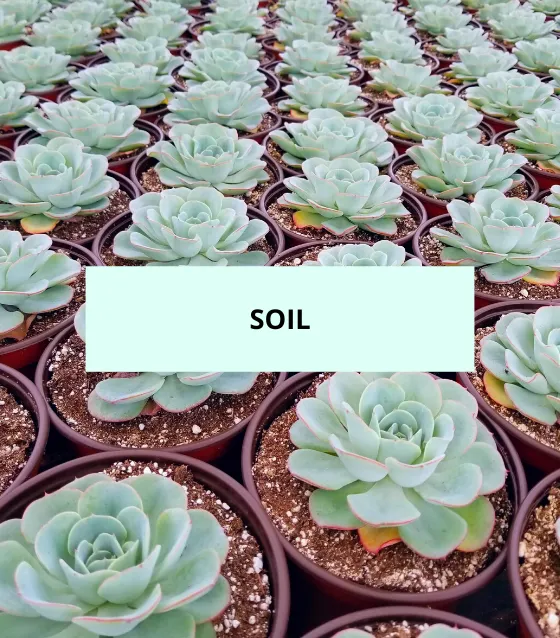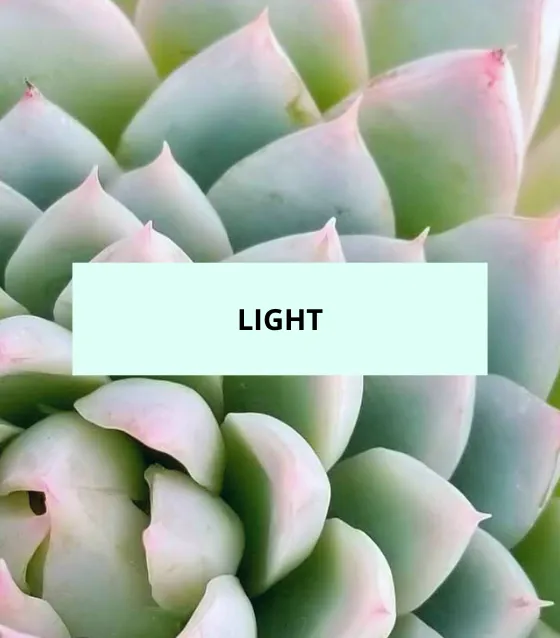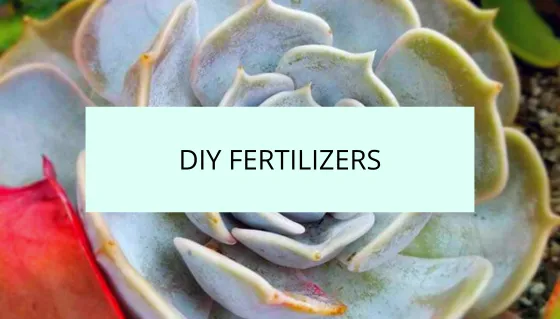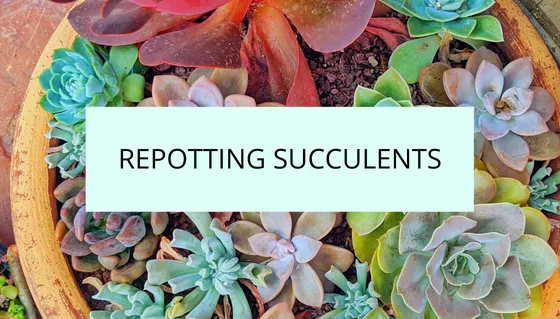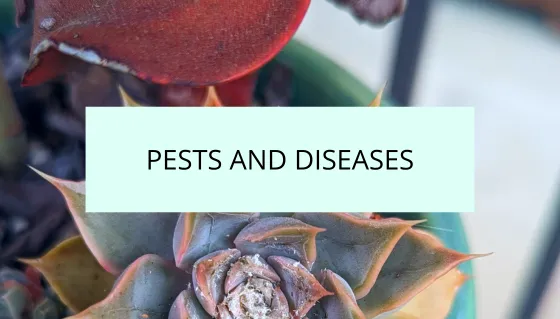Echeveria ‘Doris Taylor’ is a popular succulent that is beloved by succulent enthusiasts. In this article, we will delve into the key aspects of this beautiful plant, including its common names, appearance, growth habits, flower color and blooming season, toxicity, and propagation methods.
Dig in!
Common Names
Echeveria ‘Doris Taylor’ is commonly known as “Woolly Rose” due to its unique fuzzy texture. This name perfectly describes the plant’s appearance, as the leaves are covered in fine hairs, giving them a wool-like appearance.
Appearance and Growth
The Echeveria ‘Doris Taylor’ is a stunning succulent with a distinctive rosette shape. The leaves are thick and fleshy, arranged in a compact spiral pattern. The most striking feature of this plant is its soft, velvety texture, created by the fine white hairs covering the leaves. These hairs not only add visual interest but also serve as a protective layer against harsh sunlight.
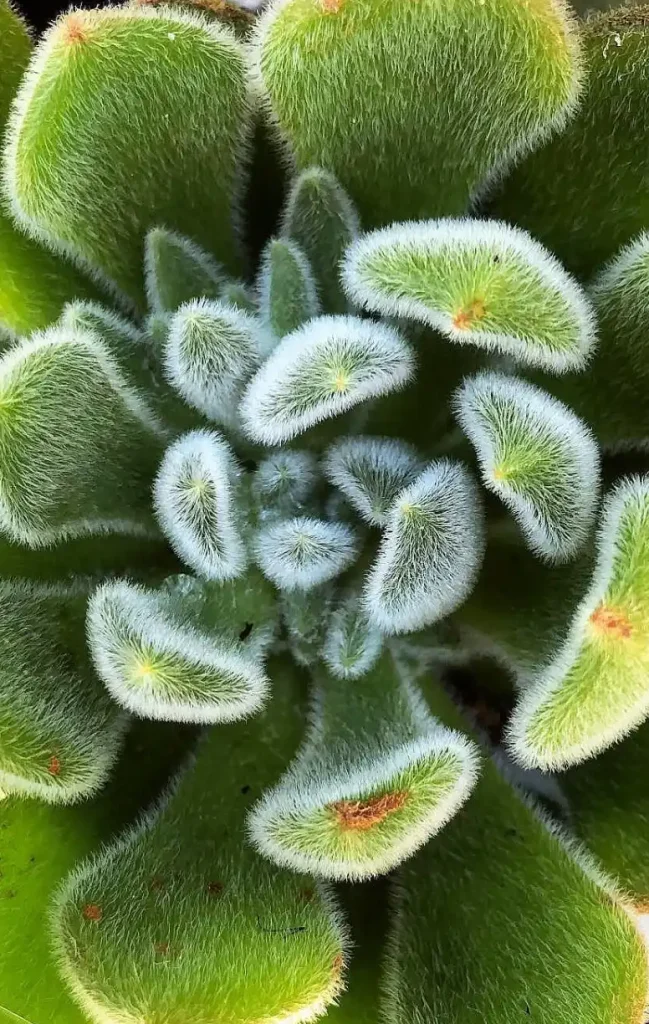
In terms of size, Echeveria ‘Doris Taylor’ is a relatively small succulent, reaching a height of around 5 inches (12.7 cm) and a spread of 6 inches (15 cm). Its compact size makes it an ideal choice for container gardening and small indoor spaces.
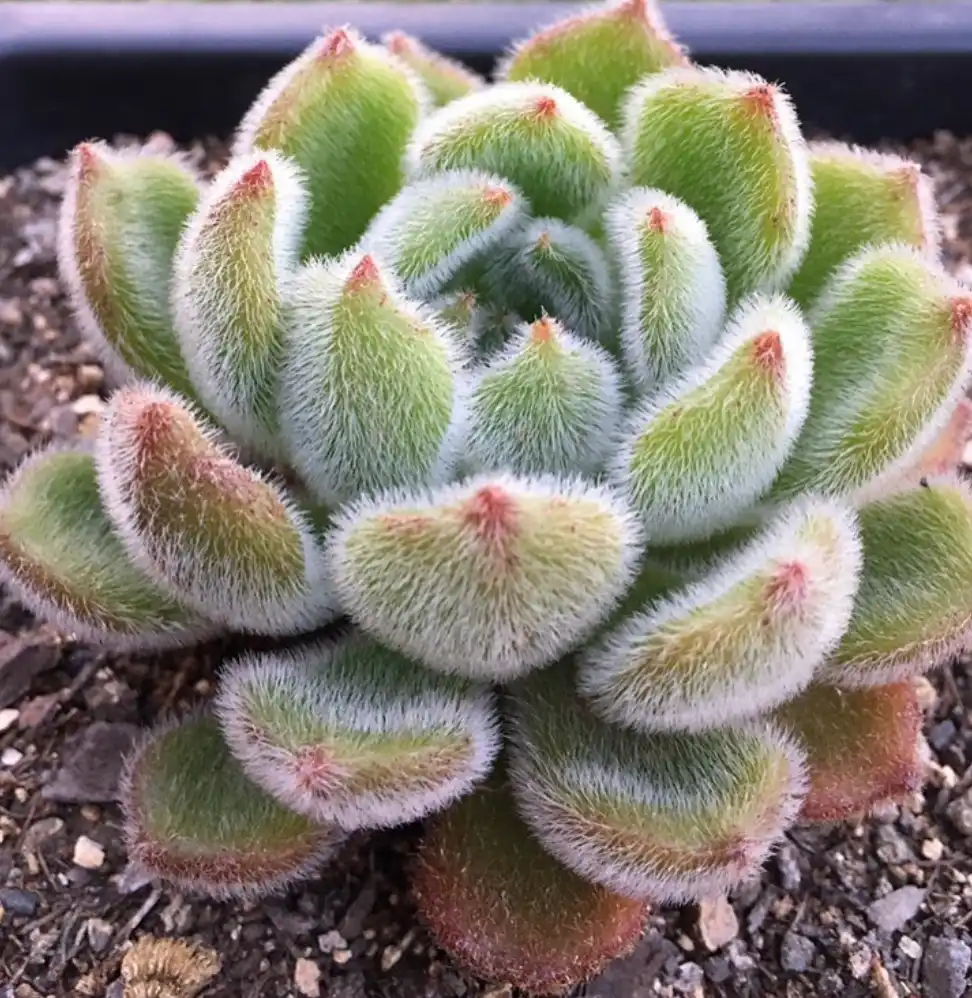
Flower Color and Blooming Season
When it comes to flowering, Echeveria ‘Doris Taylor’ produces beautiful clusters of bright orange, bell-shaped flowers. The vibrant color of the flowers adds a lovely contrast to the plant’s green leaves and is a delightful sight to behold.
Typically, Echeveria ‘Doris Taylor’ blooms during the spring and summer months. The exact blooming season may vary depending on the specific growing conditions, but generally, you can expect to see its lovely flowers during this time.
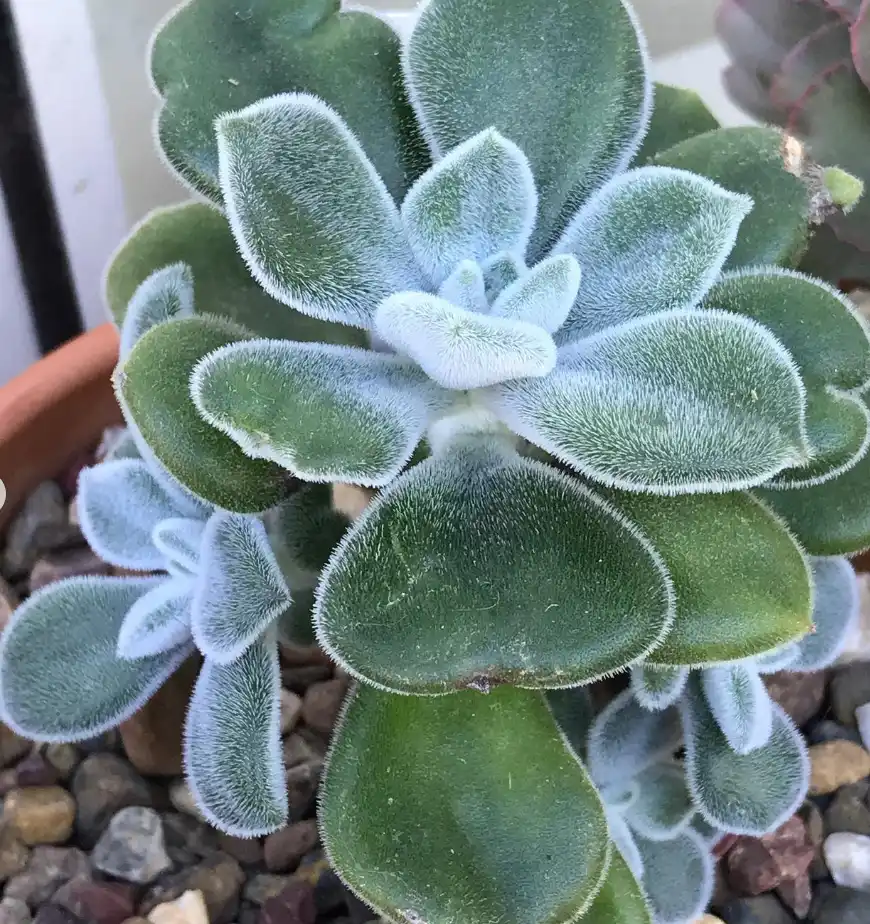
Toxicity
It is important to note that Echeveria ‘Doris Taylor’ is non-toxic to cats, dogs, and humans. This makes it a safe choice for households with pets or small children. However, while Echeverias are generally considered non-toxic, it is always a good idea to keep an eye on your pets and children around any plants to ensure their safety.
Propagation Methods
There are several methods you can use to propagate Echeveria ‘Doris Taylor’. Here are two common techniques:
- Leaf Propagation: To propagate from leaves, gently twist off a healthy leaf from the main plant, making sure to include the base or “heel” of the leaf. Allow the leaf to dry for a few days until a callus forms on the cut end. Once calloused, place the leaf on well-draining soil and mist it occasionally to keep it moist. After some time, new roots will develop, followed by small rosettes forming at the base of the leaf. These rosettes can be separated and potted once they have grown to a suitable size.
- Offsets or “Pups”: Echeveria ‘Doris Taylor’ produces offsets, also known as “pups,” around the base of the plant. These are small rosettes that can be gently separated from the main plant once they have grown to a reasonable size. Carefully remove the pups, making sure to keep their roots intact. Allow the pups to dry for a day or two before planting them in well-draining soil. Provide them with adequate sunlight and water, and they will establish themselves as new individual plants.
Propagation can be an exciting and rewarding process, allowing you to expand your succulent collection or share these beautiful plants with friends and family.
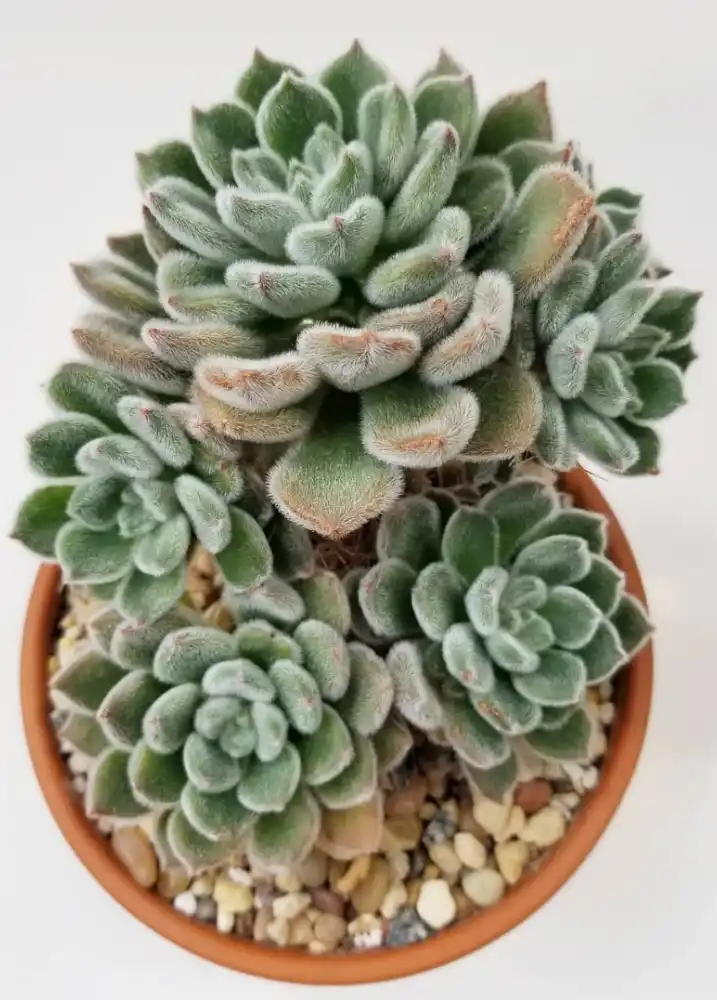
Echeveria ‘Doris Taylor’ is undoubtedly a stunning succulent that deserves a place in any succulent lover’s collection. With its woolly appearance, compact size, vibrant orange flowers, non-toxic nature, and ease of propagation, it ticks all the boxes for a delightful addition to your indoor or outdoor garden. Whether you are a seasoned succulent enthusiast or just starting your journey with these captivating plants, Echeveria ‘Doris Taylor’ is sure to bring joy and beauty to your space.

